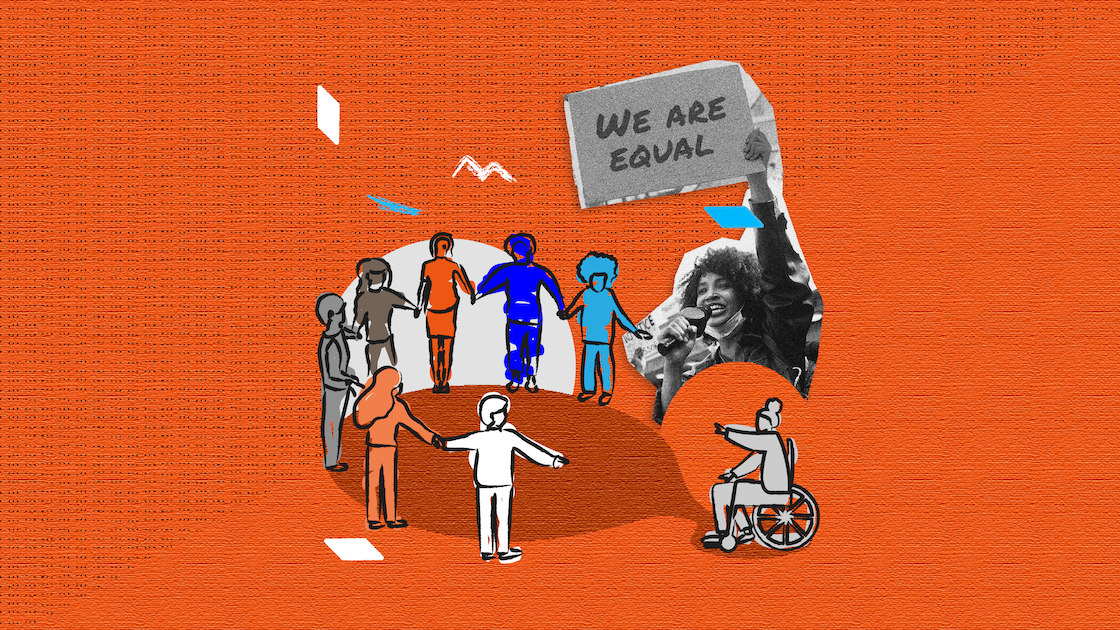What need is there for defining concepts like Left and Right in a region dominated by the ongoing dual transition to markets and liberal democracy—pace the rise of some “socialist” governments? This question has been answered hubristically—there is no need to define them because there is more meaningful ideological debate! (Fukuyama, 1989)—and seriously—we need to renew their meanings in light of the end of armed struggle and “real socialism” (Castañeda, 1993 , Petkoff, 1995, Lynch, 2007).
Governance patterns since the shift to the Left that began with Chávez’s victory in 1998 seem to have partially vindicated both of these responses. On the one hand, the hegemony of “el modelo” in Chile could be interpreted as vindicating Fukuyama. On the other hand, the nuancing of, among others, Lula and the Frente Amplio, suggests that applications of the Buenos Aires consensus (the Latin American version of Blair’s Tercer Viaism, now better known as the “growth with equity” model) is evidence of innovation by these bearded and erstwhile guerrilleros.
The need to define terms like Left and Right, though, cannot be justified by empirical patterns that contradict predictions. It ought to take place simply because the acceptance of the premise that there is nothing left to debate is nothing more than tacit advocacy of the end of politics. (A crude analogy might be the fact that saying markets have won is tantamount to saying markets should win.) This debate has played itself out in all different theaters, including the U.S. and Europe, where in the latter the surprising resilience of welfare capitalism should neither be forgotten nor marginalized as a peculiarity.
In Latin America, the debate over defining the left has gotten somewhat personal, with the blunt analytic distinction by Castañeda (the right and wrong left) clearly disguising his cheerleading for one side. Others, like FH Cardoso, have dismissed the argument that the turn is a wave or even wave-like, suggesting that national context reigns over regional displeasure with neo-liberalism. The list of authors and commentaries goes on and on, and there are brand new (Panizza, Verso, 2009) (and forthcoming, Hershberg, et al, 2010, Routledge, and Levitsky and Roberts, 2010, Johns Hopkins University Press) ones.
So, can we measure the importance of a debate by the amount of ink spilled? Perhaps not, as evidenced by the boom in Lebowski studies. Sorry, no disrespect, Dude.
But in this case volume of ink spilled is not a poor indicator of the fact that politics in Latin America is alive and possibilities are open. Looking back is useful. Consider Forrest Colburn’s well known comment—in reference, it should be noted, to the mafia-like fighting over resources that characterized(s) Nicaraguan politics. “Utopia vanished, and with it went political activism” (Colburn, 2002, p. 31). That this seemed harsh but true suggests how much things have changed. Perhaps the energy animating debates over what Left and Right mean in the twenty first century is a sign of Latin America’s exciting political futures.
Next time, we’ll move on to some actual definitions…..

Reply